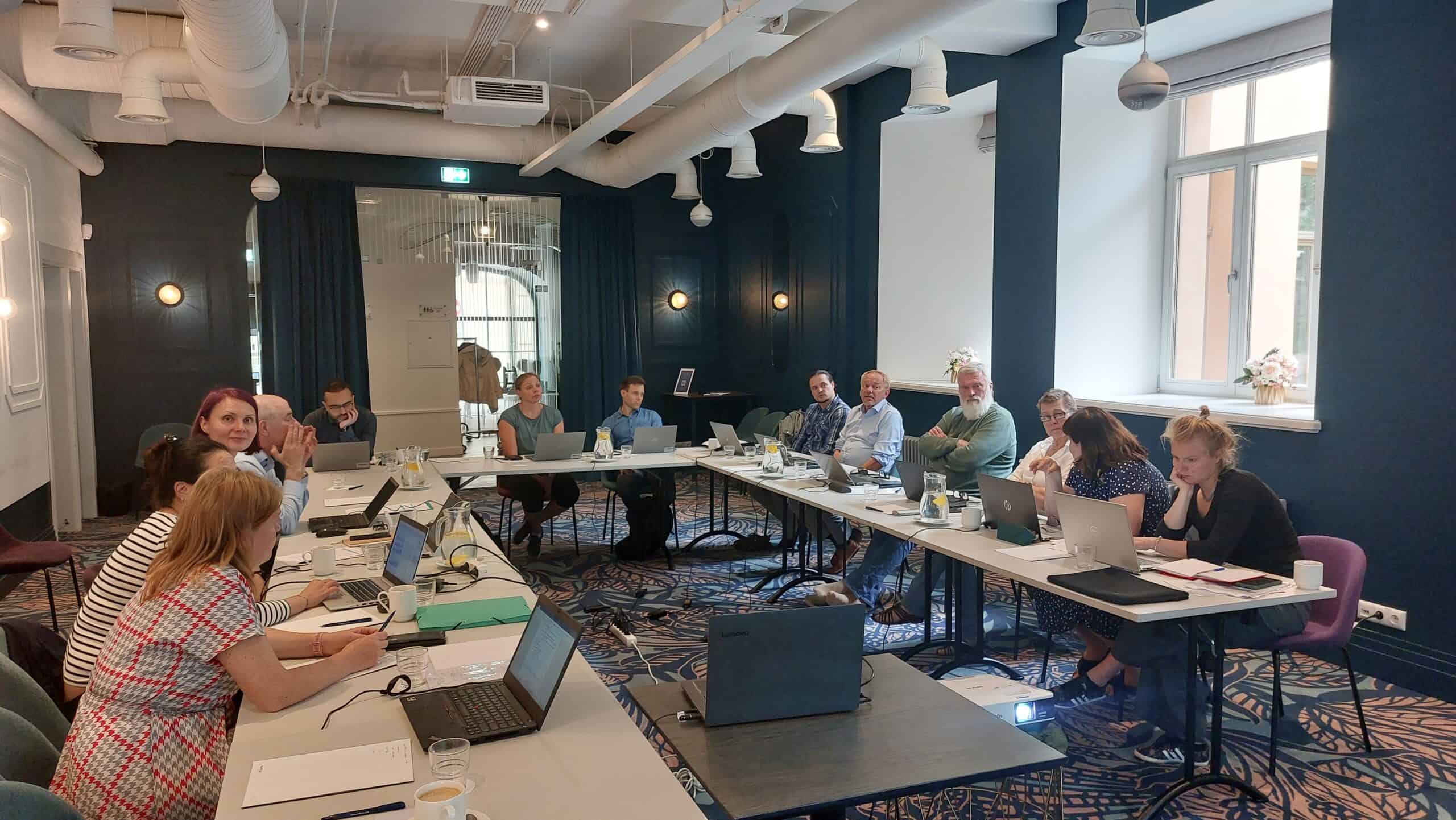BEACON as part of the "Baltic Sea Biological Effects Cluster Activities"
09 September 2024
The HELCOM sub-team of the regional Expert Group on hazardous substances focusing on biological effects (EG Haz BE) has been seeking to develop and support the implementation of effect-based methods (EBM) in the integrated chemical-biological monitoring and assessment frameworks for the Baltic Sea region. These efforts resulted in developing a regional platform for EBM using support from several joint projects, namely “Application of biological effects methods in monitoring and assessment of contaminants in the Baltic Sea” (BEACON) (INTERREG BSR),“New approaches in determining the impacts of chemical pollution to protect the biodiversity of the Baltic Sea” (Detect2Protect) (BIODIVERSA+), and “HELCOM Biological Effects of Contaminants” (H-BEC) (NEFCO Baltic Sea Action Plan Fund). Moreover, to complement this thematic project cluster, a new Study Group named SGEFF was established with the target of harmonising and updating EBM guidelines, jointly working in the HELCOM and OSPAR regional sea areas.
From the Baltic Sea viewpoint, this cluster of activities has significant potential to improve monitoring and assessment strategies and to increase understanding of the importance of EBM in current monitoring programmes. It establishes direct contact with different stakeholders to evaluate their needs and barriers in addressing mixture effects of contaminants. The scene will thus be set for recommendations on harmonised procedures to be implemented at municipal, national or regional levels with the aim of establishing foundations for a long-term practical approach to addressing pollution in the Baltic Sea ecosystem.







